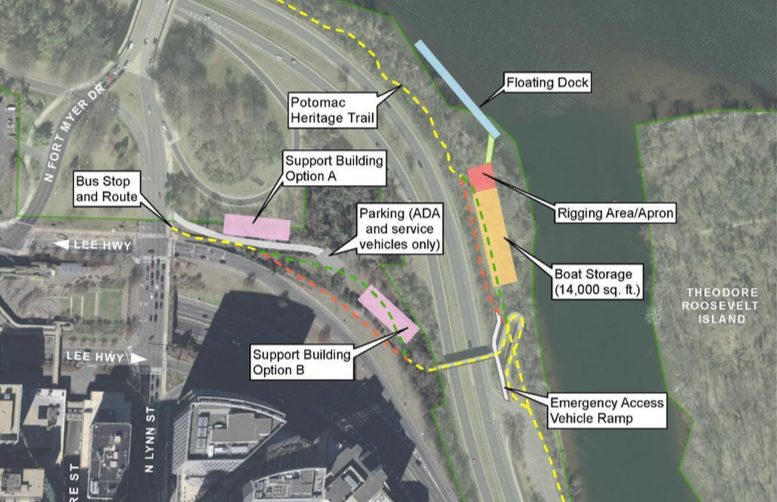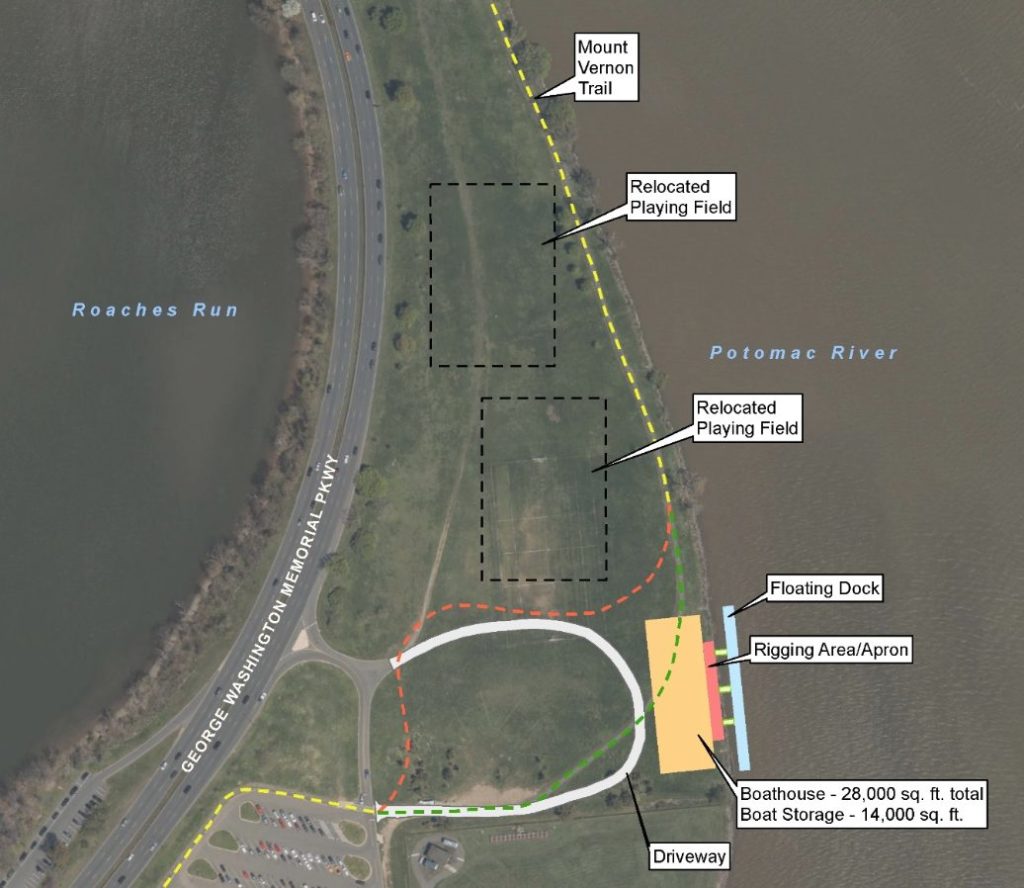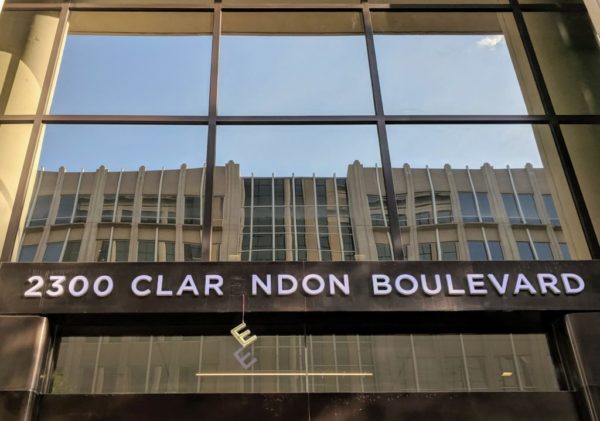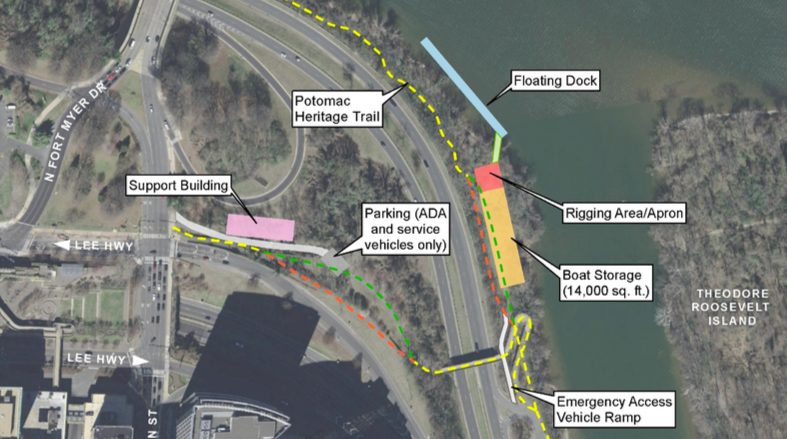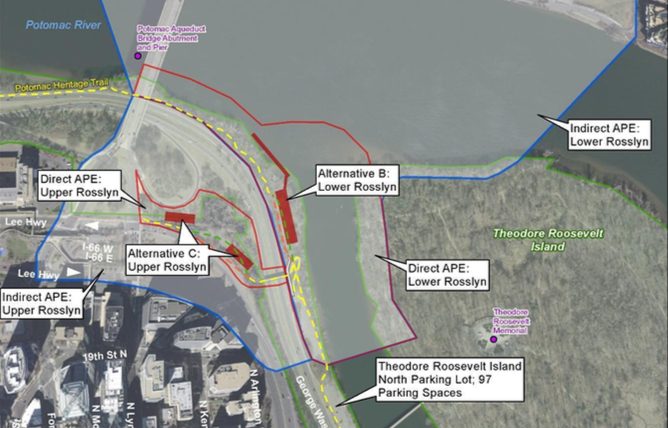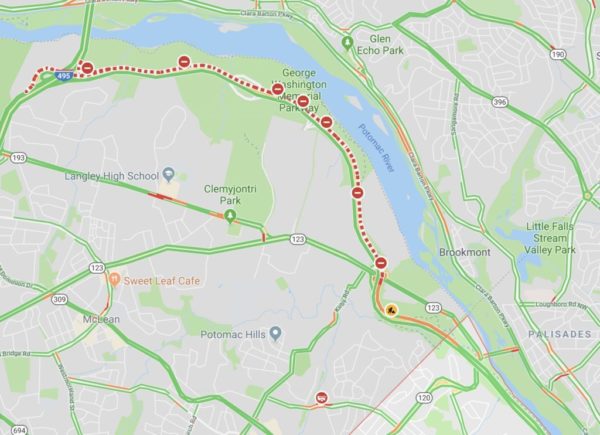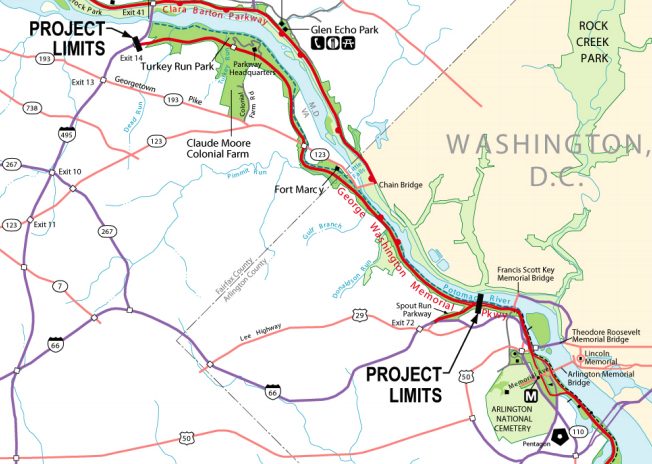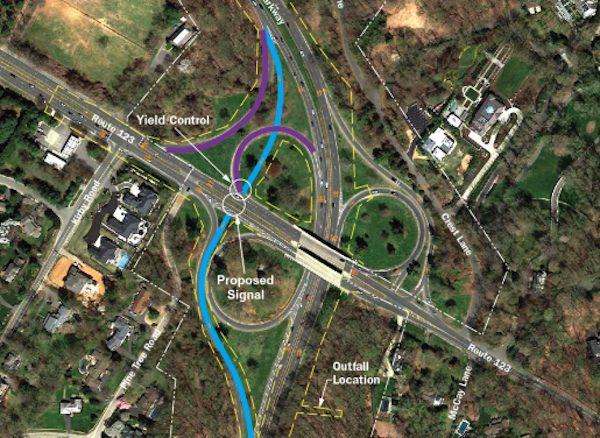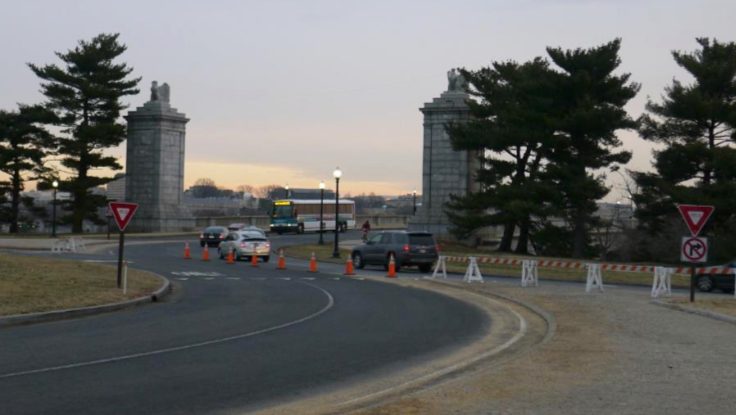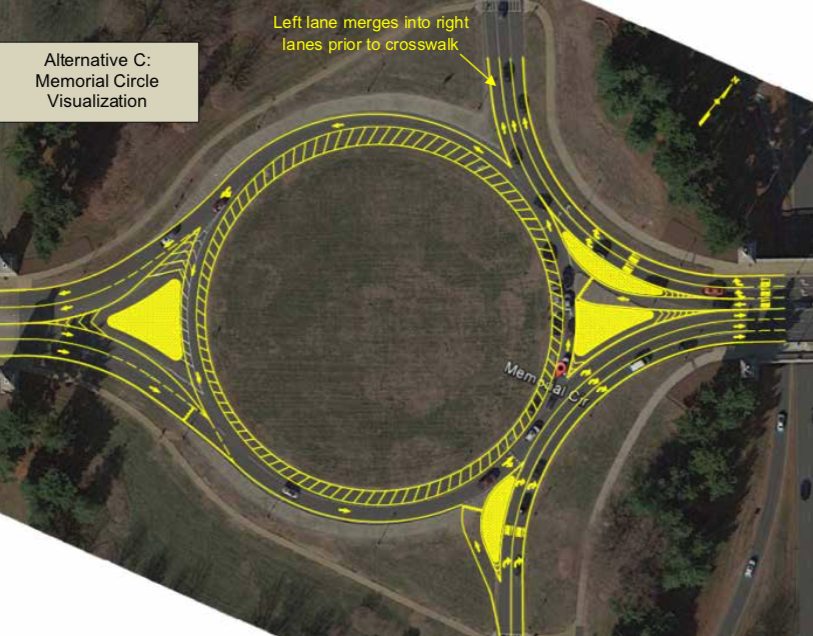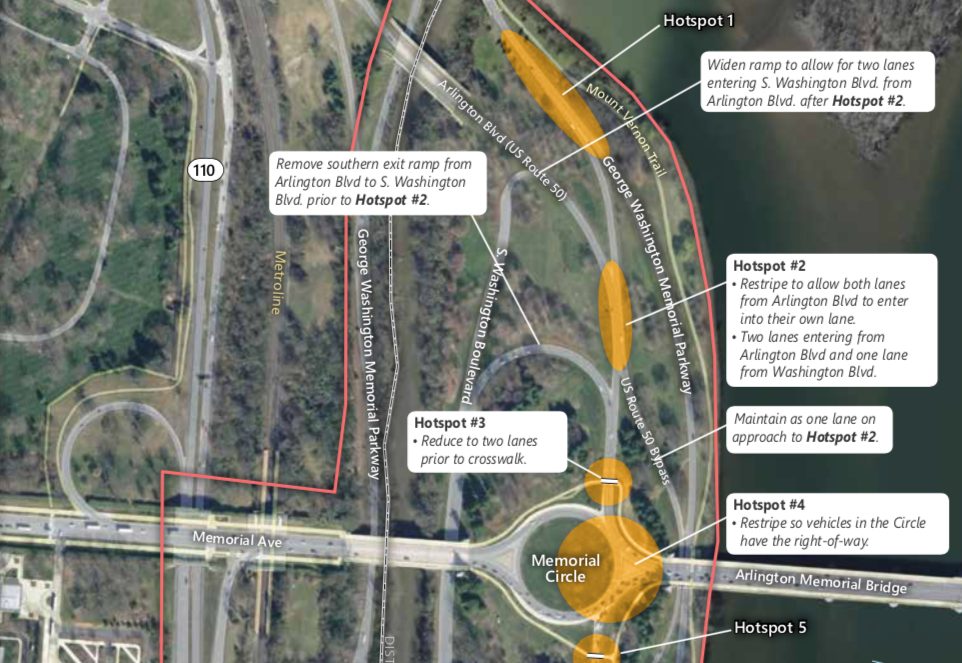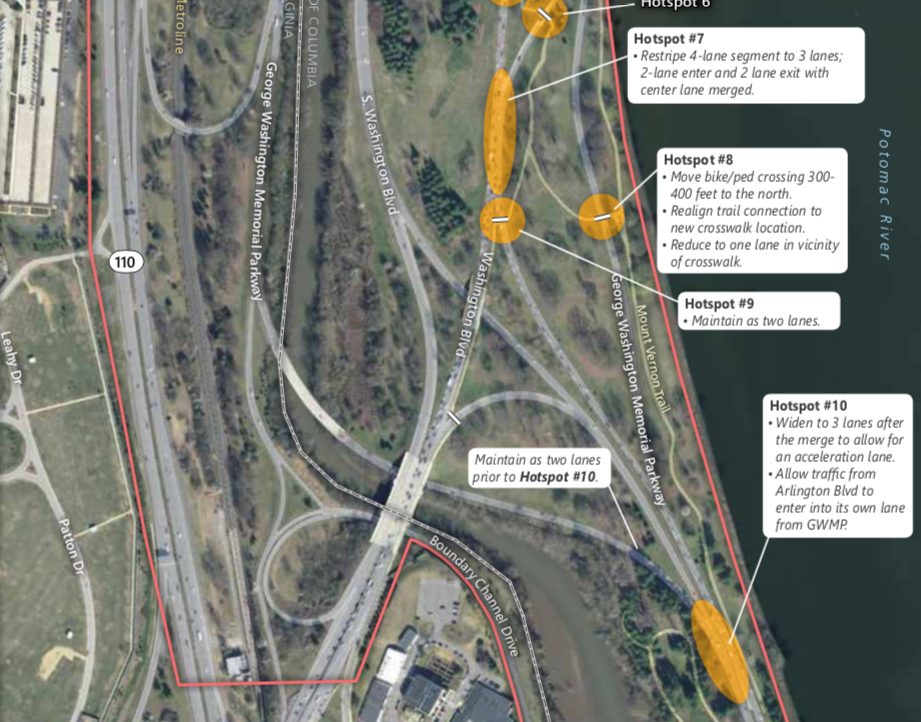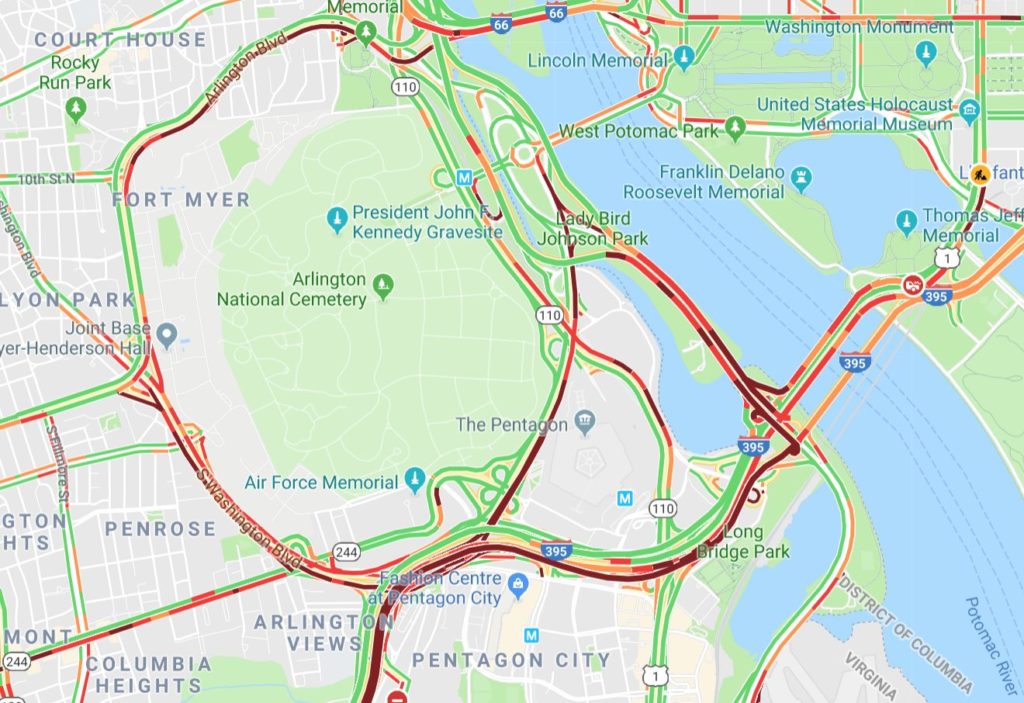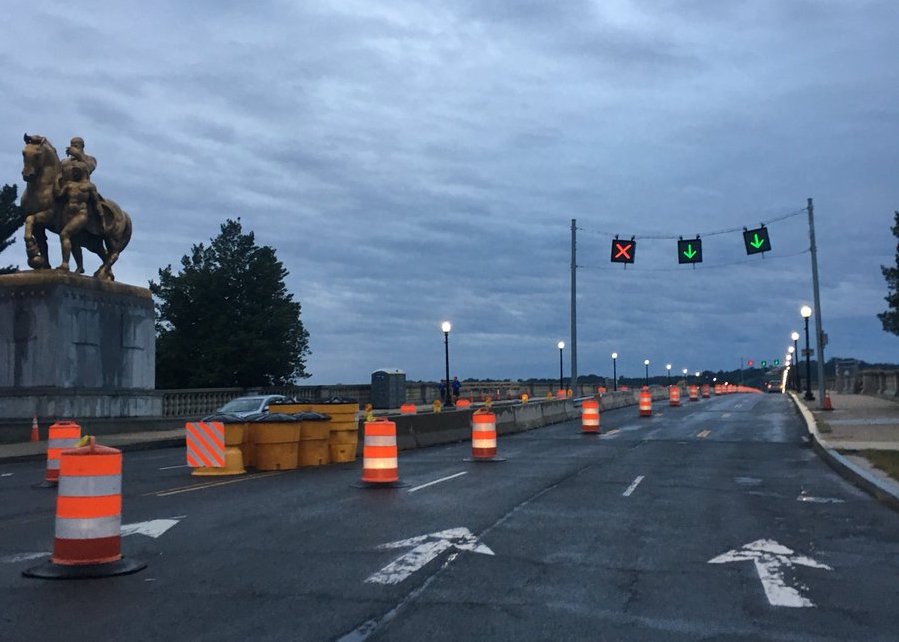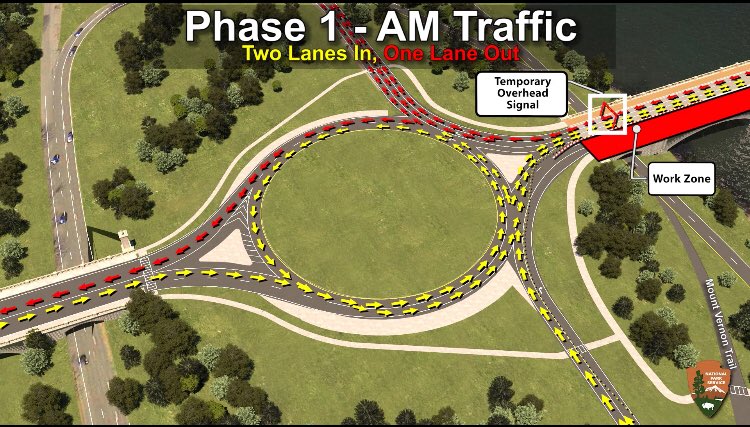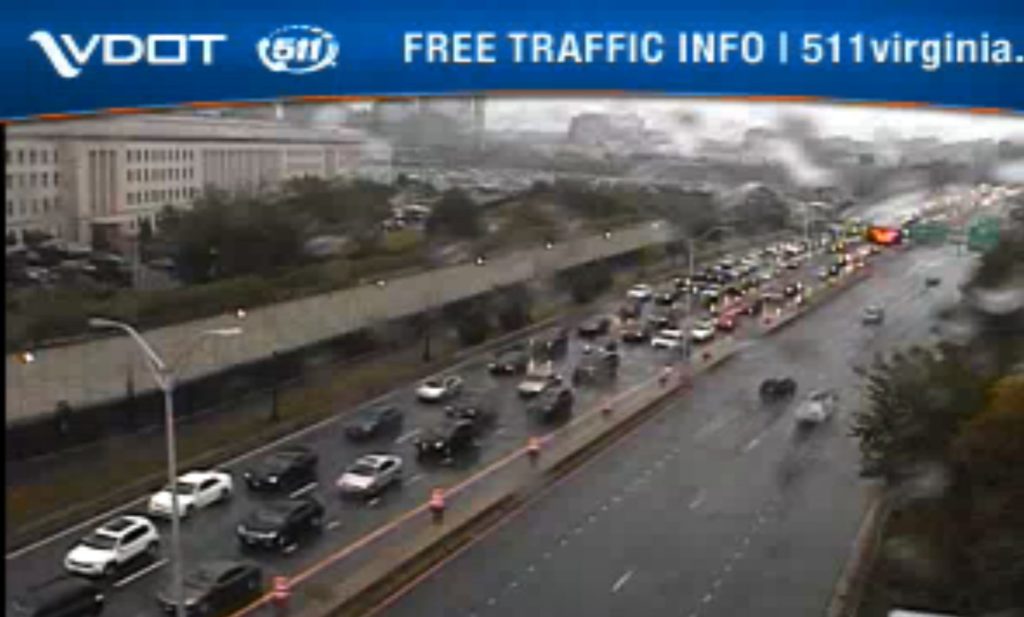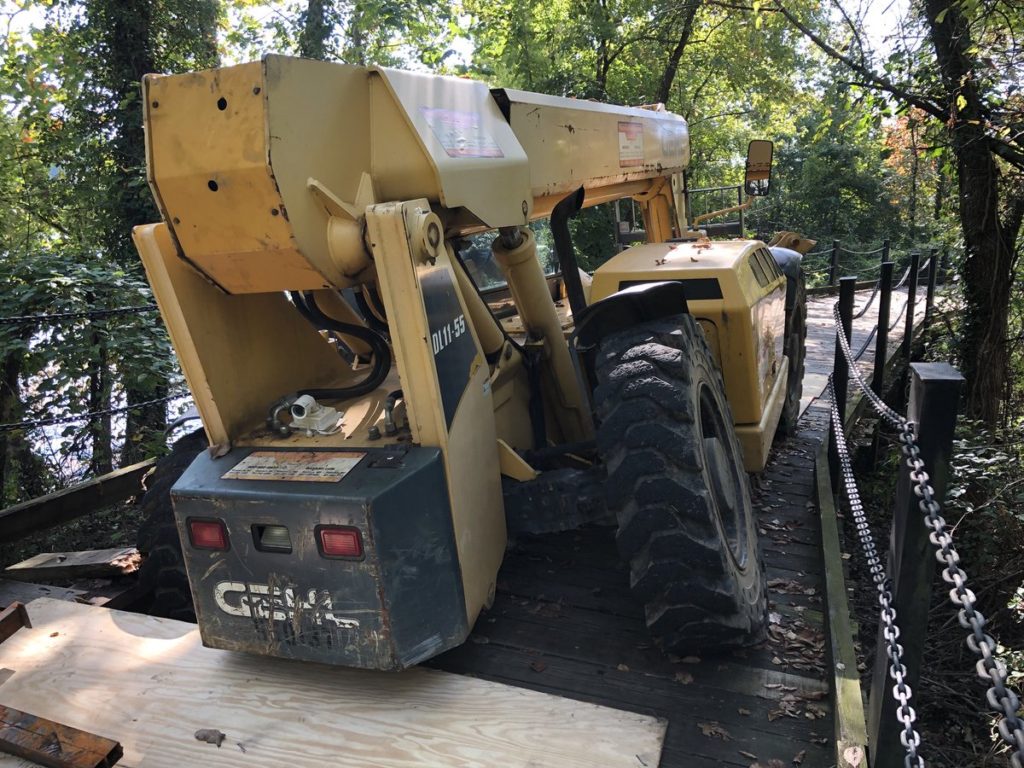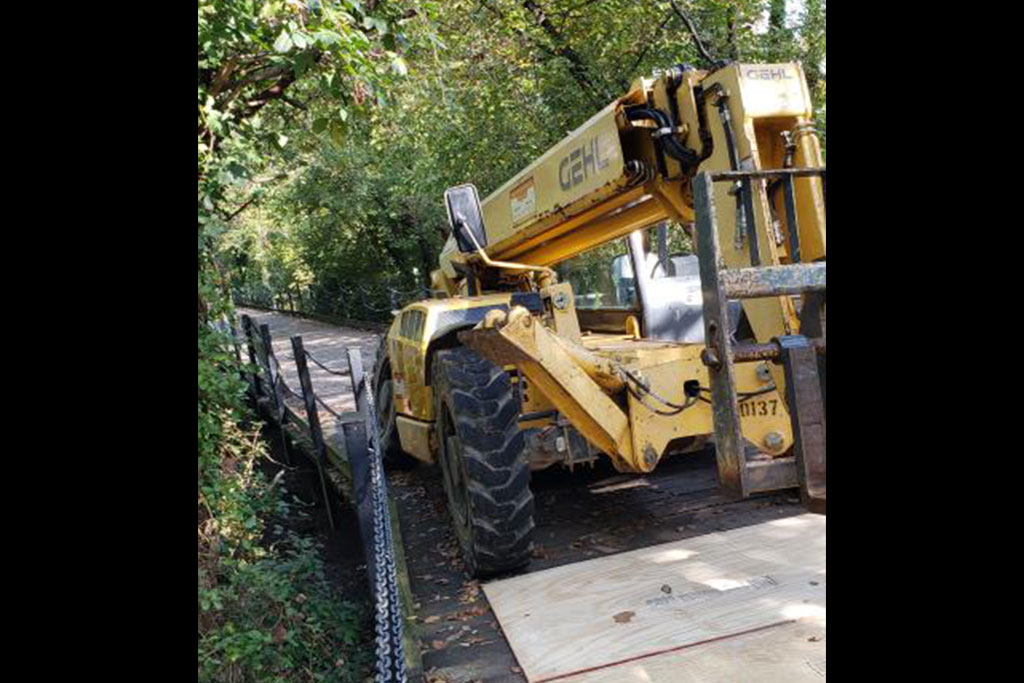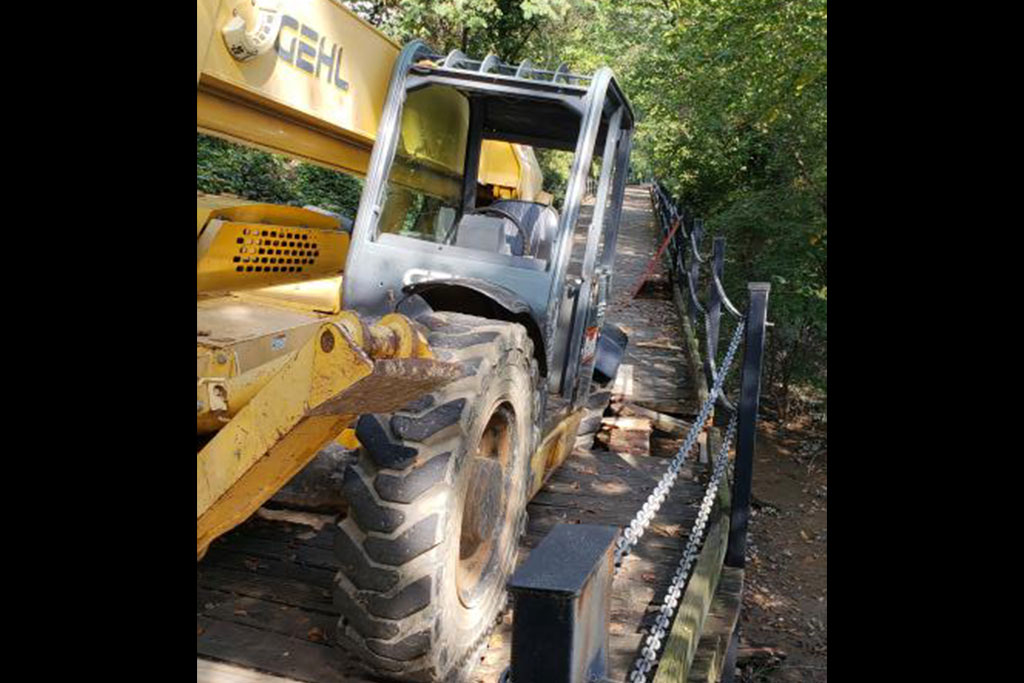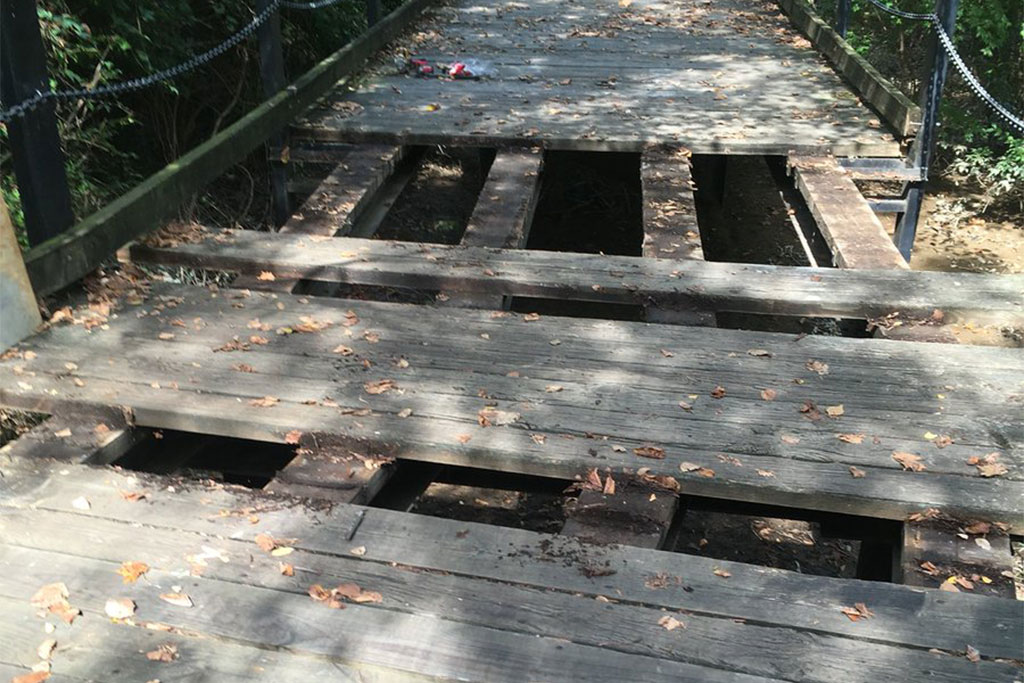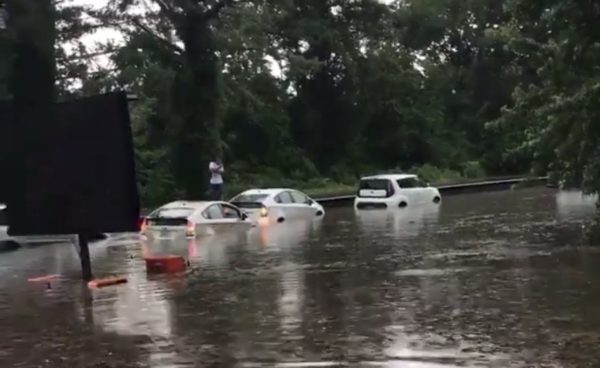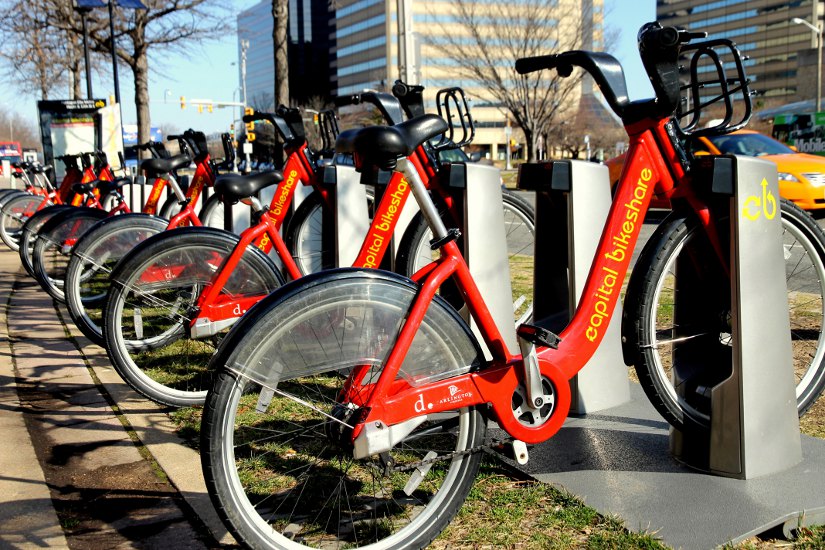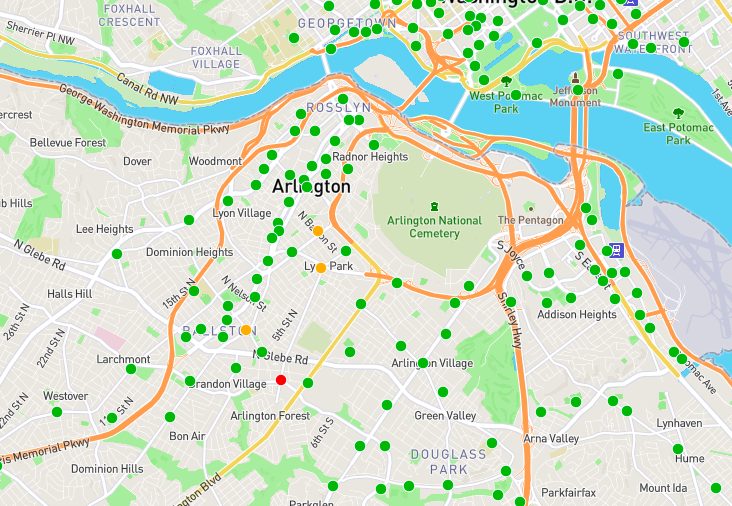Arlington County may be moving forward with plans to build the long-awaited boathouse in Rosslyn, but some are wondering why a site at Gravelly Point wasn’t chosen instead.
National Park Service spokesman Aaron LaRocca tells ARLnow that Rosslyn was chosen because “it best meets the purpose and need statement in the [environmental assessment] to enhance waterfront access and provide a boathouse facility along the Virginia shore of the Potomac for non-motorized, water based recreation” better than Gravelly Point.
The County Board voted Tuesday to allow County Manager Mark Schwartz to sign a programmatic agreement that ends NPS’ environmental assessment of the decades-long project. This means NPS can now start start designing the boathouse in consultation with the county government and other local stakeholders, LaRocca said.
The environmental assessment examined several alternative sites for the boat house, including Gravelly Point, just north of Reagan National Airport.
Local activist Suzanne Smith Sundburg argued Gravelly Point should have been chosen instead in a letter to the Board before the vote, citing the trees on the Rosslyn site at 2105 N. Lynn Street (formerly known as 1101 Lee Highway) that would need to be cut down. Sundburg also cited the “highly destructive dredging of 52,000 square feet of precious Potomac River wetlands” also needed.
LaRocca said that the Gravelly Point site was unsuitable from an environmental perspective because it lies within a floodplain, whereas the Rosslyn site does not.
In addition to better access to public transit, he added that the Rosslyn site is also “the preferred alternative” because the water is calmer, which would improve boater safety and allow for more days on the river as compared to the Gravelly Point location.
Independent County Board candidate Audrey Clement echoed Sundburg’s concerns Tuesday night, and added that the Rosslyn site would also require a parking lot and an access road to be built, whereas Gravelly Point already has parking and ready access to the GW Parkway.
“Gravelly Point was proposed to avoid potentially sensitive resources and reduce the amount of road infrastructure needed to access the site, compared to other locations along this part of the Potomac River,” says the NPS environmental assessment.
The 106-page study notes that Gravelly Point has turf grass, not trees, and existing parking facilities, but it also notes that wildlife like small rodents, fish, and birds were recorded in “statistically lower” amounts at the Rosslyn site than at Gravelly Point.
LaRocca said NPS recommended the Rosslyn site after weighing the environmental impact and service needs, along with other factors.
Board member Erik Gutshall said he expects improvements to the boathouse plan to be made in the next design phase, and that the current plan’s shortcomings were not a reason for the Board to reject “broad brush” of the project Tuesday night.
Image 1 via County Board, Image 2 via National Park Service


